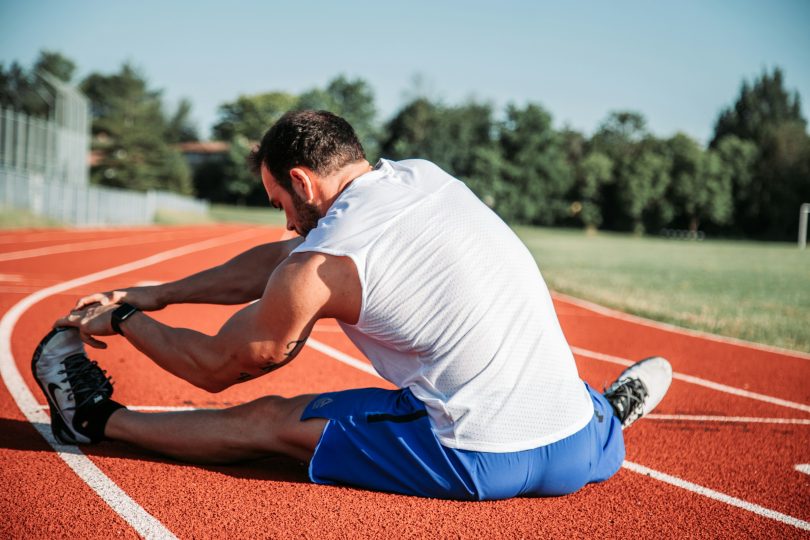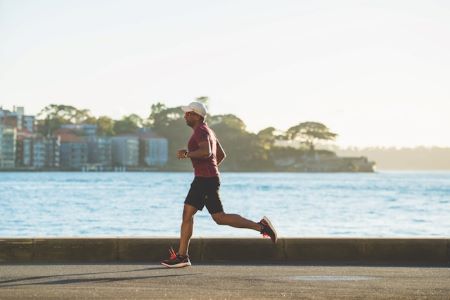What exercises can I do that won’t aggravate my body?
This is a common question asked by patients when starting treatment at the clinic. So, I will offer some guidance on how to stay fit without injuring your body, whether you’re a patient here or not.
Running
Running should be the most natural exercise of all. We’ve done it for millennia as upright humans. However, back then, we didn’t punctuate a sedentary lifestyle with bouts of running in shoes with arch supports and on hard flat ground. So, things are different nowadays.
If you are struggling with any joint pain in the spine, hips, knees or ankles, then running can aggravate. When running, with each foot fall you put 4 times (on average) your body weight through these joints. Cross country running is better as it moves your body around a bit rather than force being head to toe (axial).
When your joints are aligned optimally, your body becomes more resistant to these impacts, and running should become much easier again. If a patient at the clinic, try running with shoes that are as neutral as possible, i.e. no arch support.
Cycling
Cycling is good for keeping fit if you have lower limb issues such as knee pain. It is low impact and your knees will tend to stay in a safe tracking range as the hips and feet are fixed in the same alignment. However if you have peddle cleats that swivel this can aggravate knees. Cycling on road bikes can be a problem if you have neck and shoulder pain as your weight is on your shoulders a lot and the head in extension looking forward. More upright bikes may be more suitable therefore.

Swimming
Swimming is usually great and low impact. Some people find breast stroke an issue if they can’t dunk their head between breaths which isn’t great if you have neck pain. So if you can train yourself to drop the head between breaths, this is better. The benefit of swimming is that it allows you to easily manage the strain you put on your body because gravity is out of the equation.

Weights
Lifting weights can be very beneficial to your body if training is done correctly. Common mistakes include squatting with your body too far forward and resting bars across base of neck. The best advice is to get a personal trainer to set a training plan for you and make sure you are doing the exercises correctly. Most are well trained now in how to exercise without putting adverse stress on the body. Like swimming, weights can be an excellent way of moving and strengthening our body in different planes of motion. Our bodies need this as we tend nowadays to focus on repetitive actions. Not only is it good for muscle strength but also for maintaining bone strength and density as we age.

Pilates/Yoga
Both have really taken off in popularity over the past 10 years. They can be an excellent way of improving flexibility, strength and health. Many of the rehab exercises used my physio’s and chiropractors (including myself) are used in Pilates especially for core and lower back mobility and strength. From a biomechanics perspective, you need to be aware of what your limits are (as with everything) and a good instructor will be aware of this too. There are some exercises that I feel are not good for the body, specifically the shoulder stand as it balances the body on the base of the neck and pushes the head forward. That is too much of a problem nowadays as it is! Many instructors are catching on to this also.

So, whether you are taking on a new sport or exercise or continuing an old one and starting chiropractic or other treatment, talk to your chiropractor or PT first.
Main – Photo by Alora Griffiths on Unsplash




